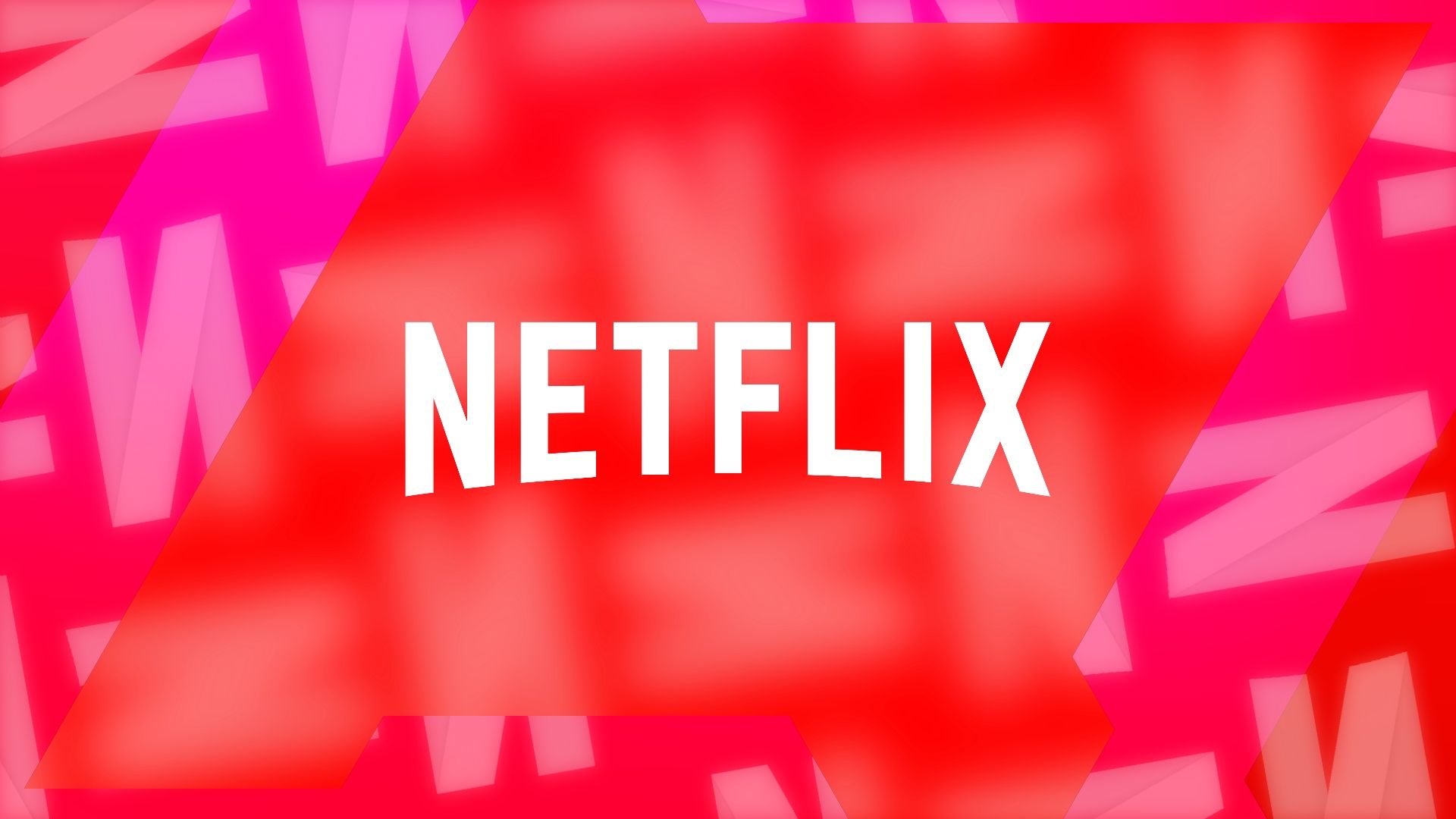After months of rumors and reports, Netflix launched its ad-supported tier in November 2022 in selected countries. The ad-supported plan is $3 cheaper than the ad-free Basic plan but is limited to streaming on one device at a maximum resolution of 720p. There's no support for offline downloads, and viewers are served up to 4-5 minutes of ads every hour. Given the limitations, you'd think Netflix's ad tier might not have found many takers. But that's not the case, and the company says it is "pleased with the growth" it is seeing with its cheapest plan.
Speaking at the recently concluded CES 2023, Netflix Present of Worldwide Advertising, Jeremi Gorman, revealed the company has been happy with the variety of advertisers it has managed to get on board (via TechCrunch). This allows the streaming service to show different ads to consumers, ensuring they are not bored seeing the same advert repeatedly.
Initial reports claimed that Netflix's ad-supported plan found limited takers, with only 9 percent of new subscribers opting for the plan in the US in the launch month. The slow start reportedly led Netflix to return money to advertisers as it failed to meet the minimum viewership guarantee by as much as 20 percent. However, Gorman's response suggests the situation might not be as bad, though she did not provide any numbers to back up her statement.
The executive also addressed concerns about some of Netflix's content being unavailable on the ad tier due to licensing issues. When the original deals were signed, they did not include the rights to show ads on such content. This has prevented Netflix from making such shows available on its cheapest plan. The company is now renegotiating the licensing deals, though Gorman says that the "vast majority" of content people watch is already available on the ad-supported tier.
For now, Netflix does not intend to expand its ad-supported tier to more markets. In the long term though, it will explore more markets where its ad tier could work. The company is also working on dynamically inserting ads near scenes that would benefit an advertiser, single-show sponsorships, and allowing marketers to target ads based on viewers' age and gender.

